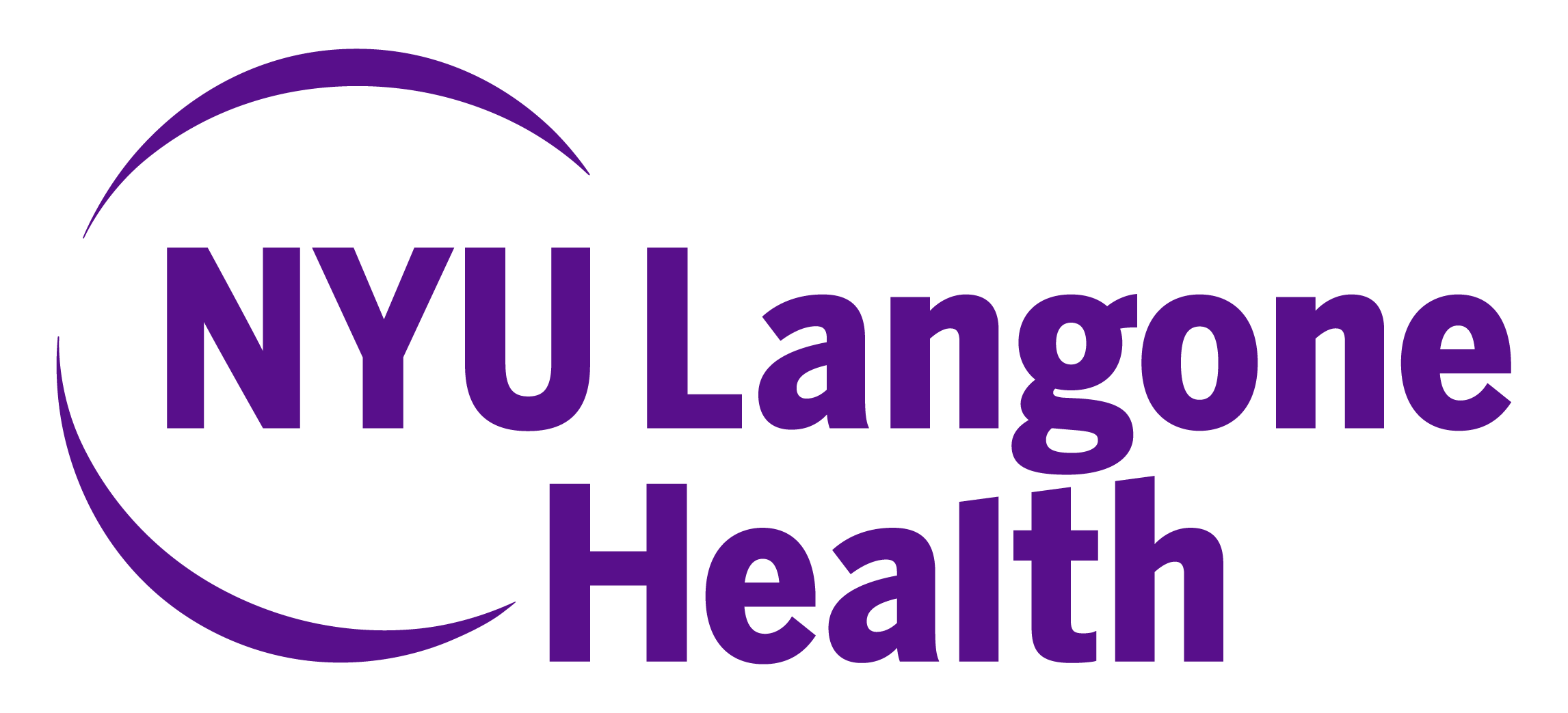- Advertise
- About OncLive
- Editorial Board
- MJH Life Sciences brands
- Contact Us
- Privacy
- Terms & Conditions
- Do Not Sell My Information
2 Clarke Drive
Suite 100
Cranbury, NJ 08512
© 2025 MJH Life Sciences™ and OncLive - Clinical Oncology News, Cancer Expert Insights. All rights reserved.
Dr Weber on Survival Outcomes With mRNA-4157 Plus Pembrolizumab in High-Risk Melanoma
Jeffrey S. Weber, MD, PhD, discusses findings from the phase 2b mRNA-4157-P201/KEYNOTE-942 trial of mRNA-4157 in combination with pembrolizumab in resected high-risk melanoma.
Jeffrey S. Weber, MD, PhD, deputy director, codirector, the Melanoma Research Program, NYU Langone Perlmutter Cancer Center, Laura and Isaac Perlmutter Professor of Oncology, NYU Grossman School of Medicine, discusses findings from the phase 2b mRNA-4157-P201/KEYNOTE-942 trial (NCT03897881) of mRNA-4157 (V940) in combination with pembrolizumab (Keytruda) in resected high-risk melanoma.
The open-label, randomized trial assessed the personalized mRNA-based neoantigen therapy with pembrolizumab vs pembrolizumab monotherapy in patients with stage IIIB, IIIC, IIID or IV cutaneous melanoma who underwent surgical resection within 13 weeks of their first dose of pembrolizumab. Patients were randomly assigned 2:1 to the combination or monotherapy arms. The median duration of follow-up was 23 months for the combination arm and 24 months in the monotherapy arm. In addition to the primary end point of recurrence-free survival (RFS) and secondary end points of distant metastasis-free survival (DMFS), safety and tolerability, the analysis focused on the longitudinal dynamics of circulating tumor DNA (ctDNA) and its association with clinical outcomes.
Results showed that the combination of mRNA-4157 and pembrolizumab produced significant RFS and DMFS benefit vs pembrolizumab alone, Weber reports. Moreover, patients with minimal residual disease (MRD) at the beginning of treatment had shorter RFS. Of the patients with available ctDNA data and recurrence events, a higher proportion of molecular non-responders experienced recurrence compared to molecular responders. Local recurrence was more common in molecular responders, but non-responders had a higher incidence of distant events. This trend was more pronounced in DMFS than in RFS.
Although there was a trend toward improved efficacy with mRNA-4157 plus pembrolizumab in both BRAF wild-type and mutated subgroups, patients who were ctDNA-negative experienced more consistent efficacy with the combination regardless of BRAFmutational status, Weber details.
Overall, patients experienced improved survival outcomes with the combination vs monotherapy irrespective of baseline ctDNA status. However, preliminary findings suggest that baseline ctDNA dynamics may a negative prognostic factor for treatment outcomes in patients with high-risk resectable melanoma, Weber emphasizes. Accordingly, the combination regimen may provide superior benefit to patients across other positive biomarkers such as PD-L1 status, interferon expression signature, pr tumor mutational burden, he adds. The results support the need for further investigation in upcoming studies to better understand and leverage ctDNA monitoring for improved patient management in this challenging disease.
Related Content:





